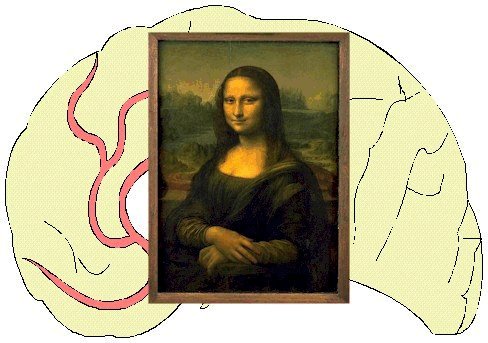
The Taung Child
...as I wrote [in his previous volume of autobiography From Apes to Warlords] during the war we had found him 'a great waster of time', who impressed people by always suggesting some alternative mathematical approach to the problems of analysis which had already been dealt with by simpler and perfectly adequate methods - usually propounded by Frank Yates, my wartime colleague and the doyen of British statisticians.On his return to academic research in peacetime Zuckerman resumed a number of former interests, including palaeontology.
The third main field of enquiry to which I returned after the war concerned the question of man's evolutionary origins, a subject that had fascinated me from my earlier years in South Africa. A number of new fossils were being unearthed in South, and then East Africa, all of which were being hailed as unique 'missing links' in our ancestry. Public interest was considerable, and stories about our new fossil relations could not be kept out of the papers. While my renewed interest in the subject could not have been regarded as better than desultory, it soon brought me into a running debate with Le Gros Clark (qv.). He, too, had long been interested in the subject and, like me, had at first been highly sceptical about the new claims that were being made by South African anthropologists. Suddenly, however, he changed his views. From then until his death he became obsessed with the subject, and it was largely because of his support that the view that the South African fossils - the Australopithecines - represent a stage in man's evolution has become a part of conventional teaching, even if a precarious part.
Sir William Edward Le Gros Clark was born in Hemel Hempstead in 1895 and served in the 1914-18 war as a captain in the RAMC. He was Professor of Anatomy at Oxford (1935-1962) and the recipient of 5 honorary doctorates. He died in 1971.
In order to help challenge our findings, he [Le Gros Clark] turned to Jacob Bronowski - why Bronowski, we never did discover - to provide an alternative statistical approach to the problem.The resulting paper was published in Nature in 1951. Zuckerman is quite clear in his opinion of the role Bronowski played in the Taung case:
Whatever else he may have been, Bronowski was not an authority on statistics. It must have pleased Bronowski to be called in by Le Gros Clark to help refute what I was saying about the latest fossil finds.
It turned out that there was, in fact, an error in the Zuckerman analysis, discovered later, when publication had already been made, by his wartime colleague Frank Yates, who had been asked by Zuckerman to comment in Nature on the short article Bronowski and Long had written.
...Le Gros Clark seized on 'the error of root 2', as I had styled it, and paid no more attention to its lack of significance than did Bronowski to the strictures later made by Yates of his own statistical pronouncements. I can still see Bronowski, in one of his celebrated TV programmes, with a plaster cast of the first Australopithecine fossil skull in his hand, telling the world of his continuing sense of wonder as he contemplated that spectral human ancestor.
Gradually, through this analysis and through the research of others, the place of Australopithicus as a true ancestor of human beings was accepted, though in letters in the Listener magazine published after Bronowski's death, it was quite clear that, for Zuckerman, the matter was still not settled, even by 1978.
Today, by using techniques from clinical medicine, such as computerised axial tomography (CAT scan) and with a more complete collection of fossil remains, modern research has reset the image of Australopithicenes such as the Taung child, and now claims them as firmly ape-like and not part of the human evolutionary trajectory [Ref. 1].
An Autobiography 1946-1988 by Solly Zuckerman, Collins, 1988.
- Back to The Common Sense of Science
Copyright © 2000 by Stephen Moss. All rights reserved.
1. Leakey, R., 1995, The Origins of Human Kind (London: Weidenfeld and Nicholson), p.51.